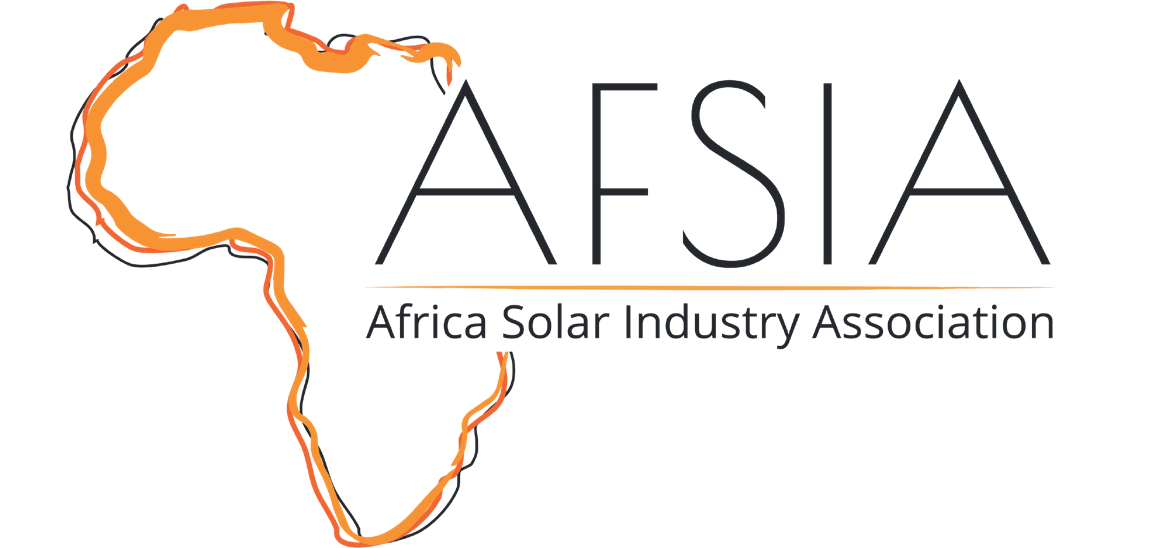(photo credit: InfraCo – Salima Solar Plant)
Solar in Africa has historically been driven by a limited number of “hot spots” such as South Africa, Morocco and more recently Egypt. While these countries continue leading the charge with important solar initiatives being launched and developed, it is interesting to note that more and more other countries are now also adopting solar.
This means not only that more people across the continent now have access to clean and reliable power, but also that the industry as a whole gets a wider territory to expand its presence in, develop projects and partnerships, and grow its business footprint. This is a very positive trend for the industry, which will inevitably lead to economies of scale through network effects, as well as allow local companies and technicians to further specialize in solar, grow their business and hire more.
In 2022, if we take into account installations for large-scale, C&I, mini-grids and SHS (hence not accounting for residential installations):
- 30 countries in Africa have installed more than 1 MW
- 16 countries in Africa have installed more than 10 MW
- 2 countries in Africa have installed more than 100 MW
The country leading the charge in 2022 may be somewhat unexpected, but at the same time it is a perfect illustration of solar now reaching a new range of countries across Africa. With 284 MW, Angola was indeed the country where the most PV was installed in 2022. The top 5 is further composed of South Africa (111.8 MW), Egypt (80 MW), Ghana (71.3 MW) and Mozambique (41.9 MW).
Solar goes pan-african in 2023 with lots of “solar rookies”
The growing footprint of solar becomes even more impressive if we look at projects under development. If we take into consideration projects which have been announced over the past 12 months, then 49 African countries are considered to be working on at least 1 MW of solar and 29 on more than 100 MW.
To get a more concrete picture, here is a list of the most notable large-scale projects across the continent.
Since the AFSIA Annual Outlook report 2023 was released, 3 new large-scale projects have already been commissioned or are about to be commissioned. The includes the 37.5 MW Boundiali solar plant in Ivory Coast, the 1.8 MW plant in Antahala, Madagascar developed by GreenYellow and Axian Group and the 7.2 MW Lucapa plant in Angola, which is part of the wider 370 MW portfolio developed in the country by MCA Group. We should also put the spotlight on Sierra Leone which has inaugurated its first large scale project at the end of 2022 with the 5 MWp Baoma 1 solar PV plant, as well as the 5 MW solar farm on Romainville island in the Seychelles financed by Abu Dhabi Fund for Development. All these projects are home to countries which have rarely been on the solar radar previously. Moreover, in many cases they are the first of a series of additional projects which are at different stages of development.
Three other very interesting large-scale projects are at construction stage at the time of writing this article. The largest is the 50 MW Marondera solar station in Zimbabwe which will start construction in March. Gambia will soon also be home to the 23 MW Jambur project, as the Gambia National Water and Electric Company has started construction after finding a financing agreement the World Bank and the European Investment Bank. Finally, Axian group (again!) is currently expanding the Ambatolampy solar power station with an additional 20 MW of PV and 5 MWh of storage. These 3 projects alone represent 10% of the total commissioned capacity of large-scale projects in 2022.
If we go even more upstream in the development cycle, other projects in “solar rookie” countries should also attract the industry’s attention as noteworthy projects have recently passed crucial financing stages. MIGA has provided a $5.6m guarantee to cover the risks connected to the 2.8 MW Baidoa hybrid solar power in Somalia. In Liberia, the World Bank has pledged $96m to build a 60 MW solar power plant, while AfDB has approved a $2m and €10m loan package to co-finance the construction of the 100 MW solar power plant in Kairouan, Tunisia. Further east, Egypt is moving closer to realize its largest wind and solar projects thanks to a $1.1b support package from IFC to Abydos Solar Company and Amunet Wind Power Company to develop 560 MW PV and 505 MW wind plants.
In a follow-up article, we may take the time to also highlight the interesting developments taking place in Cape Verde, in Botswana, in Eritrea and many other countries who are making their first steps in the family of countries hosting or soon to host large-scale solar projects. But one thing is for sure, most African governments have now understood the benefits of solar to quickly add capacity to their grid and supply the much-needed power to their citizens in a cheap and environmentally friendly way.



